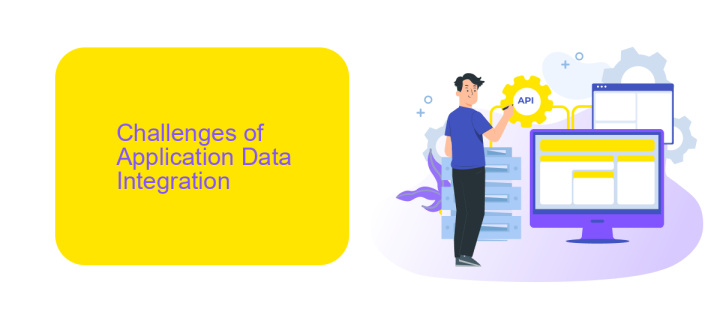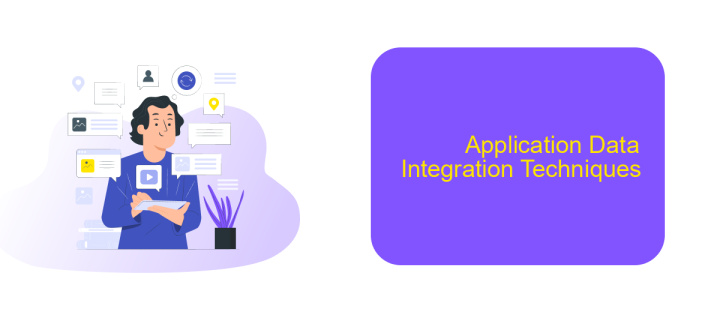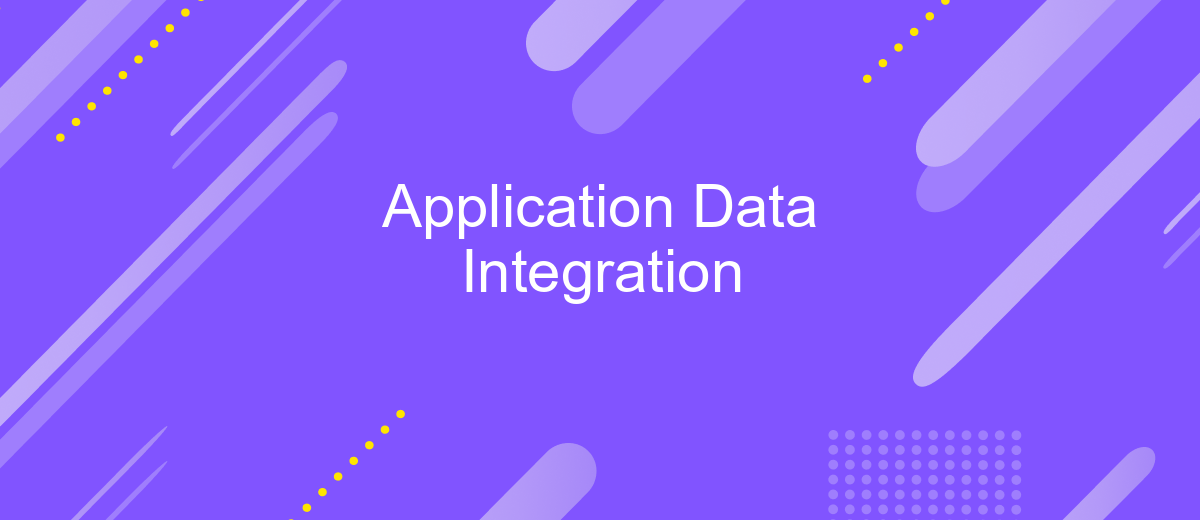Application Data Integration
In today's interconnected digital landscape, Application Data Integration (ADI) is crucial for seamless communication and efficiency across various software systems. By enabling disparate applications to share and synchronize data, ADI enhances operational workflows, reduces redundancy, and ensures data consistency. This article explores the key principles, benefits, and strategies for effective application data integration, providing a comprehensive guide for businesses aiming to optimize their technological infrastructure.
Introduction
Application Data Integration (ADI) is a critical component in modern business environments, enabling seamless data flow between disparate software applications. As organizations increasingly rely on multiple software solutions to manage their operations, the ability to integrate these applications becomes essential for ensuring data consistency, improving efficiency, and enhancing decision-making processes.
- Streamlined data synchronization between applications
- Improved data accuracy and consistency
- Enhanced operational efficiency
- Facilitated real-time data access
One effective tool for achieving seamless ADI is ApiX-Drive, a service that simplifies the integration process by providing a user-friendly interface and robust automation capabilities. With ApiX-Drive, businesses can connect various applications without the need for extensive coding or technical expertise, allowing for quick and efficient data integration. This not only saves time and resources but also ensures that critical business data is always up-to-date and accessible.
Challenges of Application Data Integration

Application data integration presents numerous challenges, primarily due to the diverse and complex nature of modern data systems. One of the key issues is data consistency, as integrating data from various sources often leads to discrepancies and conflicts. Ensuring data accuracy and uniformity across platforms requires meticulous planning and robust validation mechanisms. Additionally, the sheer volume of data and the need for real-time processing can strain system resources, making scalability a significant concern.
Another challenge is the compatibility between different applications and data formats. Legacy systems, which many organizations still rely on, may not easily integrate with newer technologies. Tools like ApiX-Drive can facilitate these integrations by providing a user-friendly interface and pre-built connectors for various platforms, reducing the time and effort required. However, even with such tools, organizations must address security and compliance issues, as integrating sensitive data across systems can expose vulnerabilities. Proper encryption, access controls, and monitoring are essential to safeguard data integrity and privacy.
Benefits of Application Data Integration

Application Data Integration offers numerous advantages that streamline business operations and enhance decision-making processes. By seamlessly connecting disparate systems and databases, organizations can achieve real-time data synchronization and improved data accuracy.
- Enhanced Efficiency: Automating data transfers reduces manual tasks, saving time and minimizing errors.
- Better Decision-Making: Integrated data provides a comprehensive view, aiding in more informed and timely decisions.
- Cost Savings: Reducing the need for multiple data entry points lowers operational costs.
- Improved Customer Experience: Consistent and accurate data across platforms ensures a seamless customer journey.
- Scalability: Integration solutions like ApiX-Drive allow businesses to easily scale their operations as they grow.
Utilizing services such as ApiX-Drive simplifies the integration process, enabling businesses to connect various applications without extensive coding. This not only accelerates the deployment of integration solutions but also ensures that data remains consistent and reliable across all platforms. In turn, companies can focus more on strategic initiatives rather than technical challenges.
Application Data Integration Techniques

Application data integration is essential for modern businesses to ensure seamless data flow between various software applications. By integrating data, organizations can enhance efficiency, reduce redundancy, and make more informed decisions based on comprehensive datasets.
There are several techniques to achieve effective application data integration. Each method has its own advantages and is suitable for different scenarios depending on the organization's needs and existing infrastructure.
- ETL (Extract, Transform, Load): This technique involves extracting data from multiple sources, transforming it into a suitable format, and loading it into a target database or data warehouse.
- API Integration: Using APIs, applications can communicate and share data in real-time, ensuring up-to-date information across systems. Services like ApiX-Drive facilitate API integration by providing a user-friendly platform to connect various applications without coding.
- Data Virtualization: This approach allows users to access and manipulate data without requiring physical storage of the data, providing a unified view from multiple sources.
Choosing the right integration technique depends on factors such as data volume, real-time requirements, and existing IT infrastructure. Leveraging tools like ApiX-Drive can simplify the integration process, making it accessible even for non-technical users.


Conclusion
In conclusion, application data integration is a crucial aspect of modern business operations, enabling seamless data flow between disparate systems and improving overall efficiency. By integrating various applications, organizations can eliminate data silos, enhance decision-making processes, and streamline workflows. The use of advanced integration platforms such as ApiX-Drive further simplifies the integration process, offering a user-friendly interface and robust functionality to connect multiple applications effortlessly.
As businesses continue to evolve and adopt new technologies, the importance of effective data integration cannot be overstated. Leveraging tools like ApiX-Drive not only reduces the complexity of integration but also ensures that data is synchronized in real-time, providing accurate and up-to-date information across all platforms. Ultimately, a well-implemented data integration strategy empowers businesses to operate more efficiently, respond to market changes swiftly, and maintain a competitive edge in an increasingly data-driven world.
FAQ
What is Application Data Integration?
Why is Application Data Integration important for businesses?
What are the common challenges in Application Data Integration?
How can businesses automate their Application Data Integration processes?
What are the best practices for successful Application Data Integration?
Do you want to achieve your goals in business, career and life faster and better? Do it with ApiX-Drive – a tool that will remove a significant part of the routine from workflows and free up additional time to achieve your goals. Test the capabilities of Apix-Drive for free – see for yourself the effectiveness of the tool.

